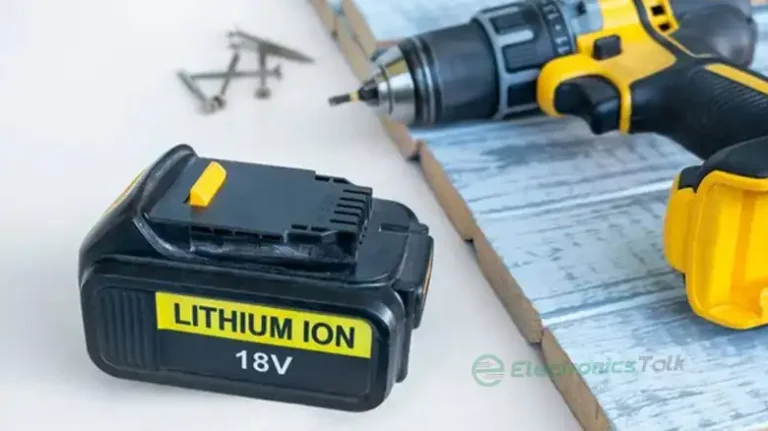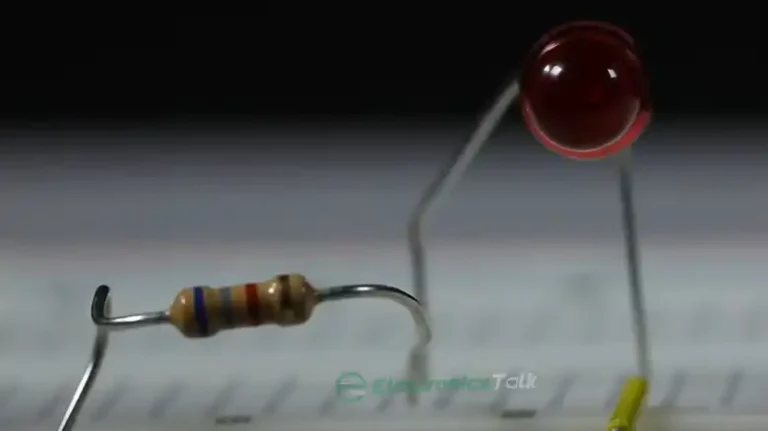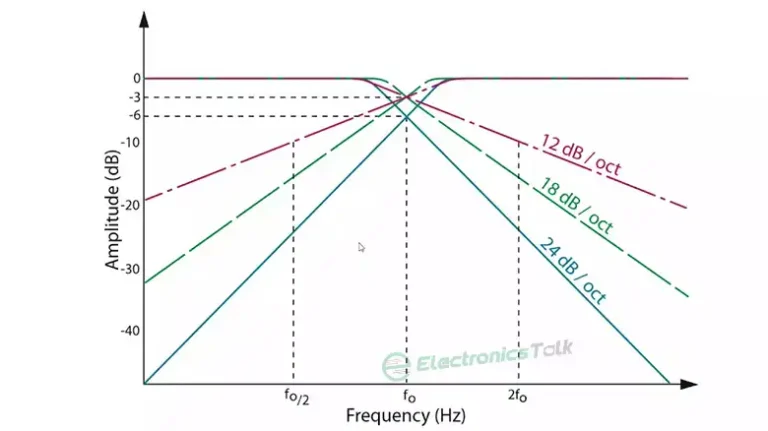[10 Methods] How Do I Know if My Op Amp Is Unity Gain Stable?
If the open-loop gain drops below 0 dB (unity gain) before reaching the second pole frequency, the op-amp will be unconditionally stable regardless of gain.
Because of unity gain stability, the op-amp won’t oscillate or act irregularly, ensuring exact and reliable circuit performance.
In this article, we’ll see how to check if your op-amp is unity gain stable and give you a few recommendations on how to ensure your circuit is stable.

Methods to Determine Unity Gain Stability
Determining the unity gain stability of an operational amplifier (op amp) involves several methods and considerations:
1. Datasheet Analysis
The stability properties of the op-amp are effectively depicted in the datasheet. Keep an eye out for elements like “phase margin” and “unity gain bandwidth.” A phase margin of 45 to 60 degrees is frequently demonstrative of a stable unity-gain operation.
2. Frequency Response Analysis
Using an experiment, determine the op-amp’s frequency response at unity gain. After delivering a small AC signal to the input, utilize an oscilloscope to observe the output. Keep an eye out for oscillation or an extreme phase shift as the frequency rises.
3. Bode Plot Analysis
To create a Bode plot, sweep the frequency while measuring the gain and phase shift. A well-behaved Bode plot should show no unexpected phase shifts when it moves from unity gain to higher frequencies.
4. Simulation
To simulate the behavior of an op-amp under different situations, utilize circuit modeling tools. You can utilize simulations to examine the impacts of different component values and discover potential stability problems.
5. Phase Margin Examination
The phase difference between the open-loop gain of the op-amp and -180 degrees (180-degree phase shift) is known as the phase margin, and it is vital to understand. A healthy phase margin is often 45 degrees or more.
6. Step Response Testing
Apply step input, then observe how the output responds. Ringing or oscillations may be brought on by instabilities before they reach their final value.
7. Loop Gain Calculation
When determining the loop gain, consider the op amp’s open-loop gain and the feedback network’s transfer function. Make sure that the loop gain crosses zero (zero dB) at a frequency below the op amp’s unity-gain bandwidth.
8. Experimentation
Construct a physical circuit with the op-amp set to unity gain and test it under different settings to see how it responds. To keep an eye on the input and output signals, utilize an oscilloscope.
9. Compensation Techniques
Try compensating methods, such as connecting a small capacitor in parallel with the feedback resistor, to stabilize the op amp’s unity gain configuration.
10. Manufacturer Recommendations
Op-amp manufacturers sometimes provide guidance or application notes for unity gain stability. These resources offer informative data and useful recommendations.
FAQs – Frequently Asked Questions and Answers
Does gain affect stability?
Yes, gain affects stability. There are some systems that can become unstable if the gain reaches a sufficiently high level.
Why is unity gain stability important?
Unity gain stability is vital because op amps with a gain of one are broadly utilized in applications like voltage followers and buffer amplifiers. If an op amp isn’t unity gain stable, it may show instability, oscillations, or overshoot in its output, which can have unusual and inaccurate effects on the circuit.
What are the signs of op-amp instability at unity gain?
Instability might show itself in the output waveform as oscillations or ringing even though the input signal is consistent. There may be an overshoot or undershoot in output. These perceptions suggest that the op-amp is not stable at unity gain.
Conclusion
Unity gain stability is vital when using op amps for exact signal processing. Frequency response testing, simulations, and datasheet analysis are just a few examples of the methods that can determine stability. The proper op amp must be utilized, and component values must be optimized to make a reliable circuit.


![[Answered] Do Carbon Resistors Go Bad?](https://www.electronicstalk.org/wp-content/uploads/2023/09/Do-Carbon-Resistors-Go-Bad-768x431.webp)



